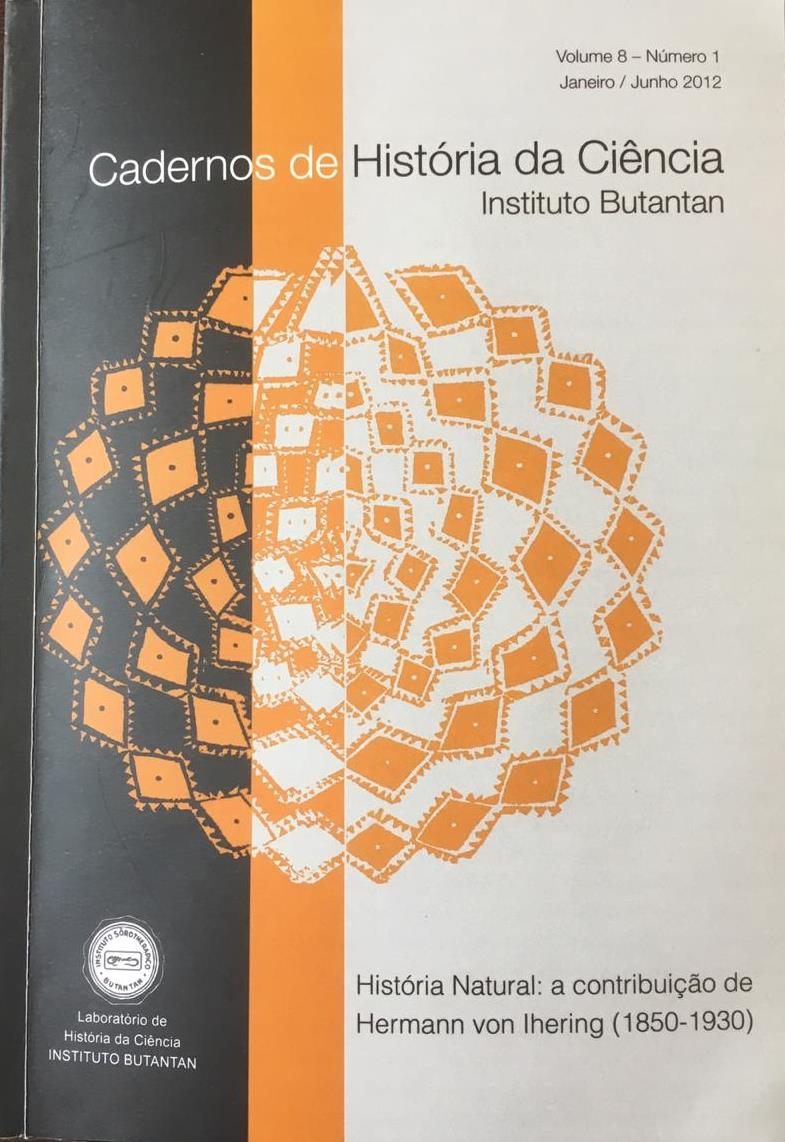Abstract
Acre has testified two fundamental historical moments in its colonization, both related to rubber extraction, the second sponsored by the United States of America in World War II. They found in Brazil the latex so needed in arms industries, as Malaysia, the supplier until then, no longer could offer it because Japan’s government took their production fields. This migratory process campaign led to the amazon seringais (rubber camps), in the early 40’s of the last century, more than 75 thousand young men, who had chose the wet and humid tropical Amazon rainforest instead of their home, the dry and poor Brazilian Northeastern region, facing dramatics adaptation difficulties, proved by the death of approximately 25 thousand Rubber Soldiers by the end of the war. The objective was to restore the memories and histories about the healthcare of those Brazilians who were submitted to all cultural, social and family vulnerabilities as much as health trauma experiences, this all to participate in the Brazilian-North American agreement which yielded to the Brazilian government a little more than the Bank of Amazonia and the Volta Redonda Steel Mill (RJ). This was both a qualitative and quantitative study, made through interviews, recorded and transcribed, with the Rubber Soldiers who had worked in the Amazon seringals and later, between the 40’s and 60’s, went to live in the capital of Acre, Rio Branco. The interviews’ analysis was done by the Collective Subject Discourse Analysis through the QualiQuantiSoft® software. Reports collected from the rubber soldiers showed helplessness scenario and described the struggle for survival facing adversities of living in the middle of the jungle. The soldiers probably are still alive to tell it because they have become, at some point soon after their arrival, in amazons natives and not because of the support offered in healthcare management.References
Camilotti V, Naxara MRC. “História e Literatura: Fontes literárias na produção historiográfica recente no Brasil”. História: Questões & Debates, Curitiba, jan./jun. 2009. n(50): 15-49.
Gonçalves PT. Crônica como história – Cultura e prosa em Londrina nos anos 50.[homepage na internet]. Londrina: DetarsoHistória, 2008. [acesso em 05/12/12]. Disponível em: http://detarsohistoria.blogspot.com.br/2008/10/crnica-como-histria.html. acessado.
Motoyama S. Prelúdio para uma História: Ciência & Tecnologia no Brasil. São Paulo: EDUSP, 2004.
Pesavento SJ. Crônica: A leitura sensível do tempo. In: Actas do 1º Congresso Luso-Brasileiro de História da Educação; 1998; Lisboa, Portugal. Universida-de de Lsboa. p.409 – 415.
Silva LHP. Crônicas Subversivas de um cientista. Rio de Janeiro: Vieira & Lent, 2012.
